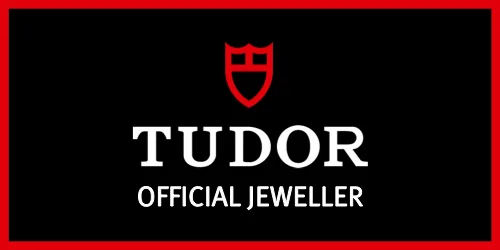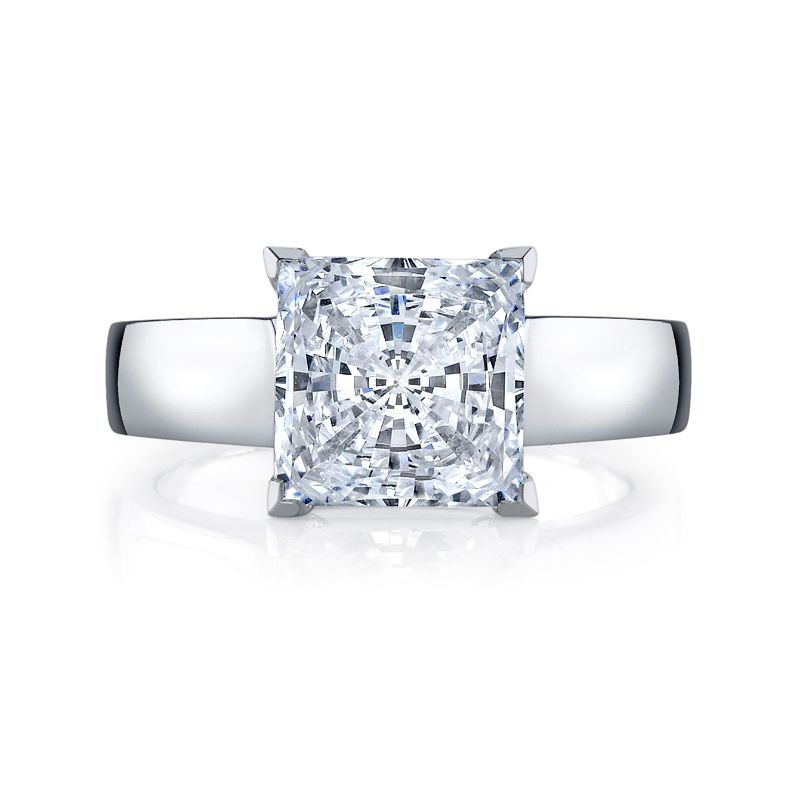This week, we’re getting down into the details of Deutsch diamonds. As we covered in our article on how a diamond is made, when plucked straight out of the ground, diamonds have their own properties based on where they are found in the earth or what other minerals have grown alongside them. Only about 20% of diamonds mined will have a chance at being worn as a piece of luxury jewelry. The rest become industrial diamonds, which are used in precision tools, mining, and manufacturing. The 20% that make the cut goes on to be assessed by a diamond cutter.
Typically, the highest-sought diamonds are those that follow the 4C’s of diamond quality. Clarity, cut, color, and carat not only determine the value of the diamond but also how the diamond should be used in jewelry. Certain diamonds are most effectively used in a cluster, with many facets bouncing light in a disco ball-like manner, and some are best used as large, open-faced rings. Our series on diamond shapes has delved into the decision process behind finding the shape that will bring out a raw diamond’s natural beauty.
Choosing the right engagement ring is all about the right diamonds, and the way that we make sure the diamonds on our rings are the highest quality is by ensuring that all of the diamonds that come through our store are GIA-certified diamonds. That means that every single diamond that we sell has gone through the quality-control process and has been graded for its cut, clarity, color, and carat.
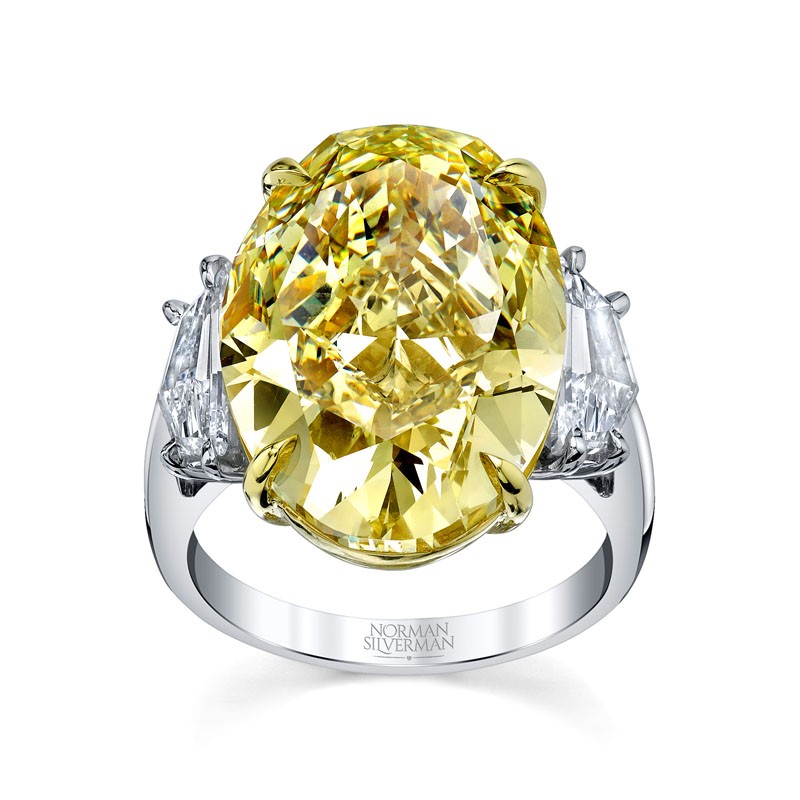
Carat - Size Matters
First up on our tour of the 4 C’s of diamond quality is the first thing the girls notice at the engagement brunch - diamond carat. The carat of a diamond measures its size in weight, and the bigger the rock, the more desirable the piece of jewelry. A metric carat is 200 milligrams. Most diamonds used in luxury jewelry are less than a full carat, so jewelers divide the carat into 100 “points.” Put simply, if a diamond is .25 carats, a jeweler might refer to the gem as a “twenty-five pointer.” In the event that the gemstone is over a carat, it would be referred to by its decimal point. For instance, a 1.05-carat diamond would be described as “one point oh five carats.” The center yellow diamond on the Yellow Diamond Ring by Norman Silverman is a prime example of high carat weight on a single diamond. While every ring and stone differs slightly, a high-carat weight is aptly used as the centerpiece in an engagement ring. To frame the large center yellow diamond, Norman Silverman adds two bookend white diamonds to either side, making this diamond and platinum ring one to remember.
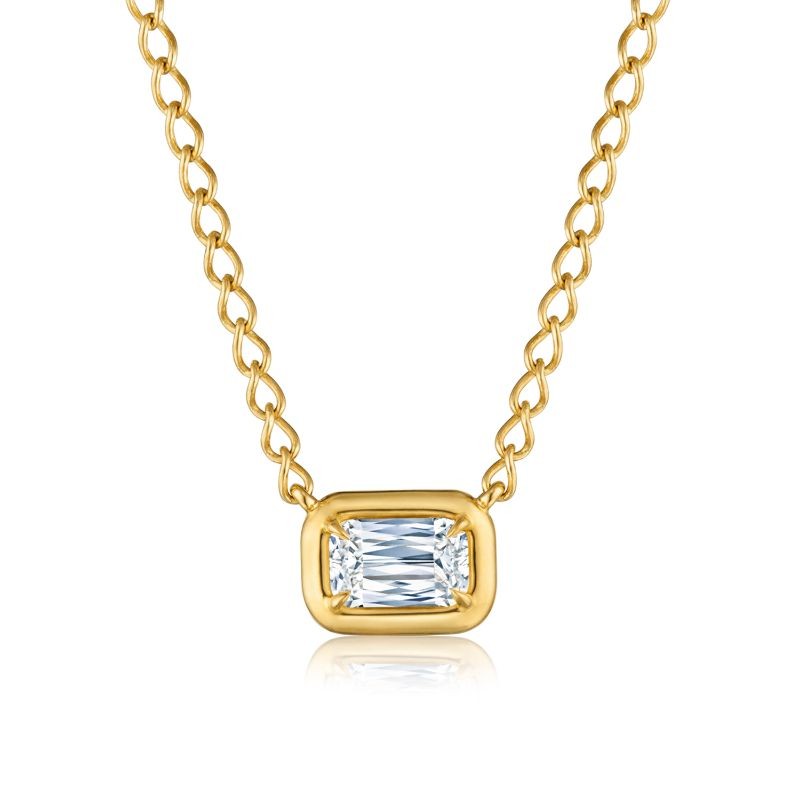
Color Me Clear
Testing the color of a diamond is an integral step in determining a diamond’s quality. The GIA’s definition of color might better be described as a “lack of color.” A perfectly made, chemically pure diamond is completely clear all the way through, like ice formed from a droplet of distilled water. This isn’t to be confused with fancy colored diamonds, however. Diamonds come in a variety of colors, from champagne to pink to yellow to black, but when we’re talking diamond color in the GIA certification sense, we’re describing the muddy, slightly yellowed tint that white diamonds get when they form around impurities. If a diamond is a rich yellow or a deep brown, they aren’t considered low on the diamond color scale (which ranges from D-Z), it is put in the fancy-colored diamond category and measured in its own international market. The Ashoka diamond pendant by Kwiat showcases a brilliant Ashoka diamond, wreathed in lustrous yellow gold. Known for providing top-quality diamonds in their jewelry, Kwiat shows how showstopping a clear, white diamond can be in the right setting.
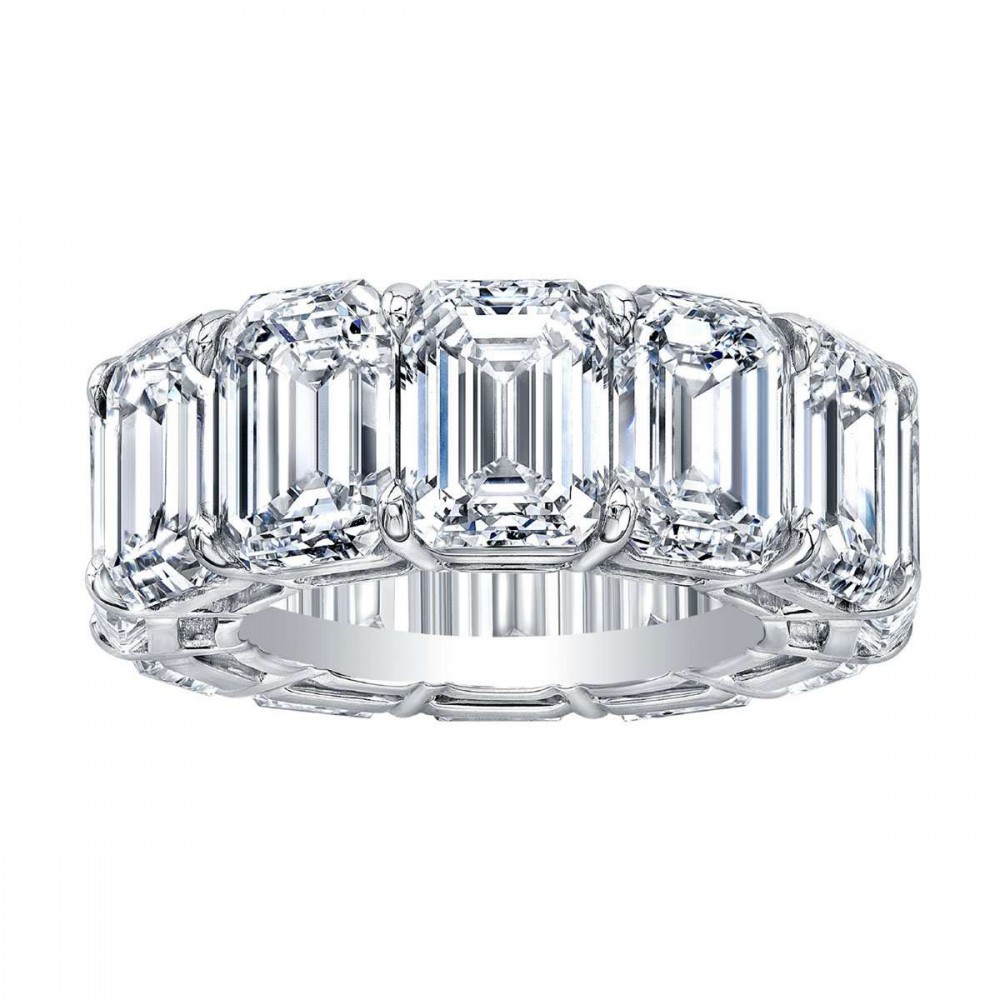
Created with Clarity
One of the biggest determining features of a diamond’s quality is the inclusions. Inclusions are basically little imperfections that occur while the diamond is being formed. They typically appear as small scratches beneath the surface of the diamond, but sometimes they include other gemstones and minerals. These blemishes are categorized by size and number, which informs the GIA on where to place them on their clarity scale. Diamonds are either considered Flawless, Internally Flawless, Very Very Slightly Included, Very Slightly Included, Slightly Included, and Included – pretty straightforward if you ask us. When a jeweler is deciding how they will cut the diamond, the number and size of inclusions will be a major consideration. Talented jewelers can hide small inclusions by choosing a cut with many facets, like a brilliant round. In cases like the Emerald-cut Eternity Ring by Norman Silverman, the viewer can see the directly through the emerald cut, showcasing the incredible clarity of each stone.
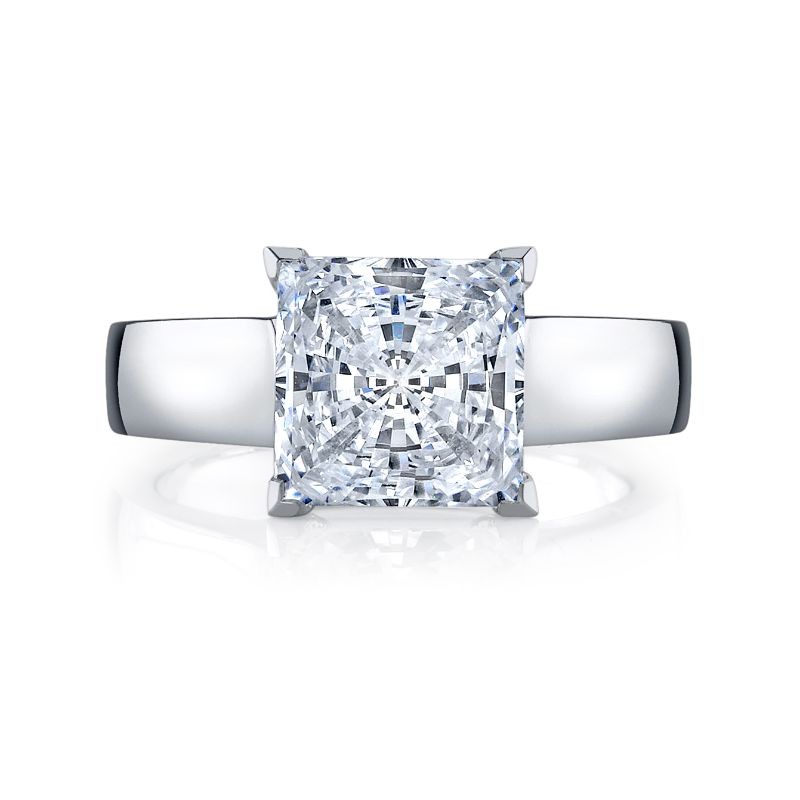
A Cut Above
We’ve covered all kinds of diamond cuts in our series “Know Your Diamond Shapes Parts One, Two, and Three.” While a diamond shape and a diamond cut are not exactly the same thing, they describe a similar attribute to a diamond. A diamond’s cut describes the facets that are sliced into the stone by the jeweler to show off its shine to the best of the gem’s ability. There are three main factors when looking at a diamond’s cut for quality. First, a GIA expert would look at the brightness of the cut, which determines how much light is being reflected with the stone. Next, they would consider the fire, which describes how the diamond scatters white light into a rainbow of colors. Finally, they would examine the scintillation, which is the sheer amount of sparkles the diamond produces. Through scrutinizing the brightness, fire, and scintillation, a cut will be placed on a 5-point scale, from Excellent to Poor. The Deutsch Signature Princess Cut Semi-Mount engagement ring boasts a particularly fiery cut that is popular for engagements. The Princess Cut holds over 70 facets, making it sparkle and shine from every angle.



